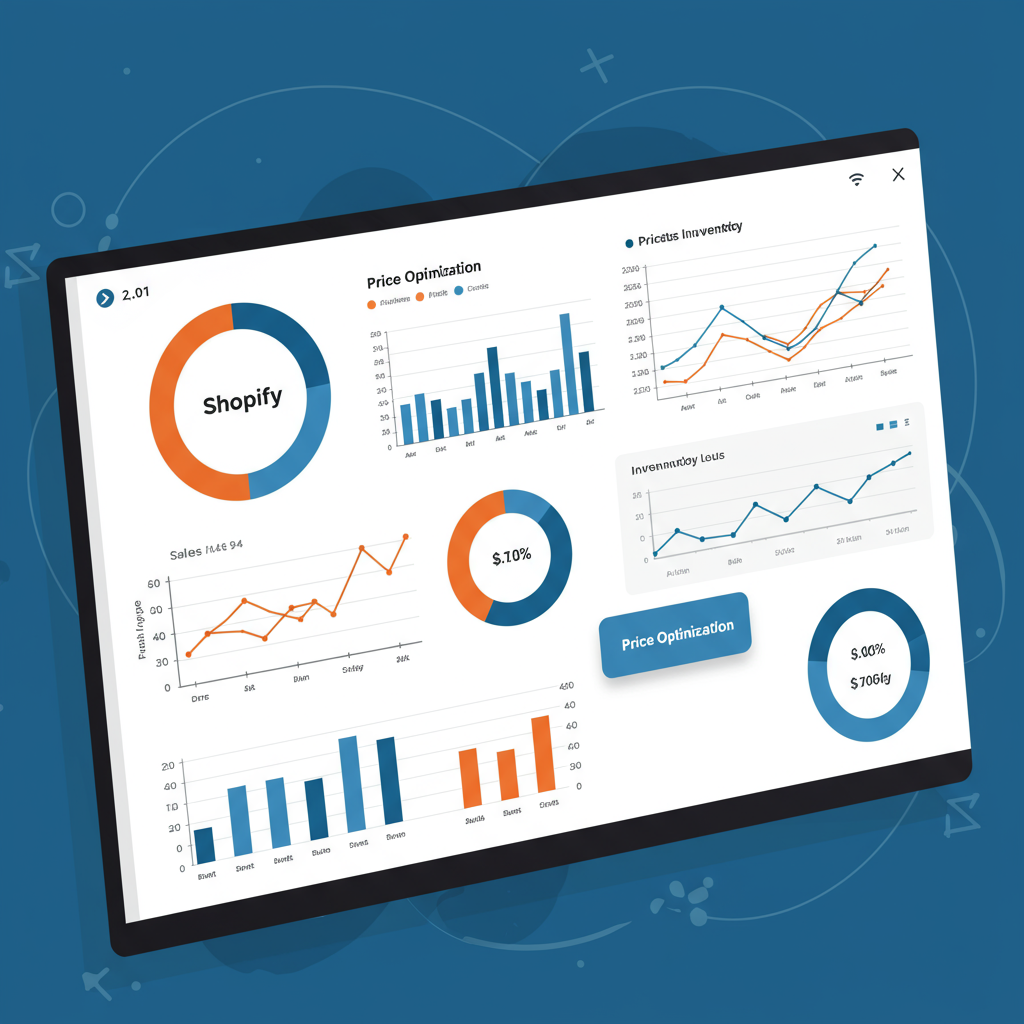Discover how real-time price adjustments can revolutionize your Shopify store’s revenue and competitiveness.
As a Shopify merchant, I’m constantly looking for ways to optimize my store’s performance and boost profitability. One strategy that has truly revolutionized e-commerce is dynamic pricing.
It’s a concept that might sound complex, but at its core, dynamic pricing is simply the practice of adjusting product prices in real-time based on market demand, competitor pricing, customer behavior, and other external factors.
Gone are the days of setting a fixed price and hoping for the best. In today’s fast-paced digital marketplace, agility is key, and dynamic pricing offers just that.
For us, the independent Shopify store owners, this means we can react instantly to changes, whether it’s a sudden surge in demand for a trending product, a competitor dropping their prices, or even just the time of day.
The benefits are compelling: increased revenue, improved profit margins, better inventory management, and enhanced competitiveness. It allows us to capture maximum value for our products without leaving money on the table.
But how do we, as Shopify users, implement such a sophisticated strategy without hiring a team of data scientists? The answer lies in the powerful dynamic pricing apps available on the Shopify App Store.
These tools are designed to automate the complex calculations and adjustments, making dynamic pricing accessible even for small to medium-sized businesses like ours.
Before diving into specific apps, let’s understand what makes a dynamic pricing app truly effective. I always look for a few core features.
Firstly, real-time data integration is crucial. The app needs to pull in live data on competitor prices, market trends, and our own sales performance to make informed decisions.
Secondly, customizable pricing rules are essential. We need the flexibility to set our own parameters, such as minimum and maximum price thresholds, profit margin targets, and specific rules for different product categories.
Thirdly, robust analytics and reporting. It’s not enough for the app to just change prices; it needs to show us the impact of those changes and provide insights for continuous optimization.
Finally, ease of use and seamless integration with Shopify are non-negotiable. We don’t want to spend hours configuring or troubleshooting; it should just work.
Now, let’s talk about some of the dynamic pricing apps that have caught my attention and are worth watching in the Shopify ecosystem.
One app that often comes up in discussions is ‘Pricefy’. It’s known for its comprehensive competitor monitoring features, allowing us to track thousands of competitor products and react swiftly to their pricing changes.
What I appreciate about Pricefy is its AI-driven recommendations. It doesn’t just show us data; it suggests optimal price points based on its analysis, which is incredibly helpful for busy merchants.
Another strong contender is ‘Prisync’. While not exclusively for Shopify, their integration is robust. Prisync excels in its ability to monitor a vast number of products across various e-commerce platforms.
Their strength lies in their detailed reporting and the ability to segment products for different pricing strategies. This is particularly useful if you have a diverse product catalog.
Then there’s ‘Quicklizard’, which offers a more enterprise-level solution but is becoming increasingly accessible for larger Shopify stores. Their focus is on maximizing profit through advanced algorithms.
Quicklizard allows for highly granular control over pricing strategies, considering factors like inventory levels, conversion rates, and even customer lifetime value.
Beyond these, many other apps offer specialized features. Some focus on subscription pricing, others on flash sales, and some even integrate with loyalty programs to offer personalized discounts.
When I’m evaluating an app, I always start with a free trial. It’s the best way to see if the interface resonates with my workflow and if the features truly meet my specific business needs.
Implementing dynamic pricing isn’t just about installing an app, though. It requires a strategic mindset. I always recommend starting with a small segment of your products to test the waters.
Monitor the results closely. Are your conversion rates improving? Are your profit margins increasing? Is your inventory moving faster? These are the metrics I focus on.
It’s also crucial to set clear pricing rules and boundaries. You don’t want to alienate customers with wildly fluctuating prices. Transparency and fairness, even within dynamic pricing, are paramount.
Remember, the goal isn’t just to make more money, but to create a sustainable and competitive business. Dynamic pricing, when done right, helps achieve that balance.
I’ve found that the continuous optimization aspect is where the real magic happens. It’s not a set-it-and-forget-it solution; it’s an ongoing process of learning and adapting.
So, as you explore these powerful tools, consider your unique business goals and customer base. The right dynamic pricing app can truly transform your Shopify store’s profitability.
I’m curious to hear your thoughts on this topic. What are your experiences with dynamic pricing, or what questions do you have about implementing it in your Shopify store?
I believe that embracing dynamic pricing is no longer an option but a necessity for any serious Shopify merchant looking to thrive in today’s competitive landscape.
It empowers us to be more agile, more responsive, and ultimately, more profitable. It’s an exciting time to be in e-commerce, and tools like these make it even more so.






